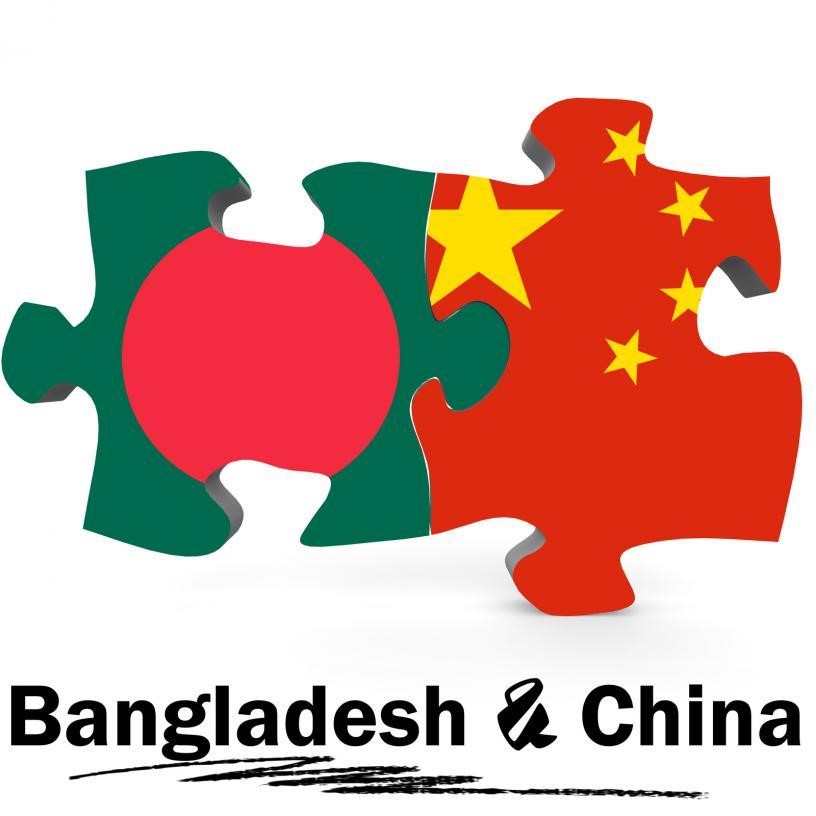
Bangladesh Is All Praise for the Chinese BRI Investments It Received
There has been an increased warming up of ties between the two countries as Beijing wooed the South Asian nation with its mutually beneficial, hefty infrastructural investments. As a result, the trade volume between the two Asian economies has also significantly grown over the last two years. Just last year, the trade volume grew by 16.8 percent on a year-on-year basis.
Bangladesh feels there is still room to enhance the economic partnership, especially in areas such as modern manufacturing, tourism, and infrastructure. Bangladesh also happens to be one of the founding members of the Asian Infrastructure Investment Bank, so it is also keen to seek avenues of cooperation under that framework. Besides, being a traditional ally of India, it is also interested in appearing to play a balancing act by seeking cooperation opportunities along the Bangladesh-China-India-Myanmar Economic Corridor.
The Chinese investments under the BRI framework have also made Bangladesh a closer trading partner. China exports a number of items to Bangladesh. These mainly include diesel oil, chemicals, manufacturing equipment, construction machinery, cement, steel, electronic appliances, and cotton. Chinese manufactured passenger, and commercial vehicles are also quite in demand within the Bangladesh markets. Bangladesh, on the other hand, largely exports items such as jute, leather, pottery, aquatic products, tea, and porcelain articles.
The 45 billion dollar investments came in the form of infrastructural development projects, such as the building of roads and bridges, transportation facilities, hospitals, and power stations. The investments that came as part of the BRI projects have had a substantial effect on the local economy. The infrastructural development work was swift, and by the fall of 2018, projects worth 22.6 billion dollars had been completed. Textile manufacturing and the garment industry play a dominant role in the Bangladeshi economy, which had been hit hard by the energy shortfall. The power projects that have come online have given the energy-starved economy a strong push.
While over 65% of the local population is employed in the primary sectors such as agriculture, the rest of its population is increasingly seeking employment in the manufacturing sector. Therefore, Bangladesh increasingly looks to China now for greater cooperation along areas such as modern manufacturing, tourism, infrastructure, etc. It seeks to learn from the Chinese experience and the Chinese success story in the areas of manufacturing, infrastructure, and poverty eradication.
